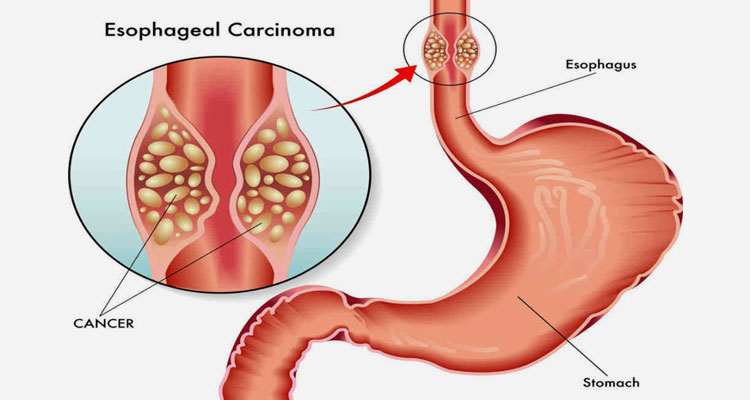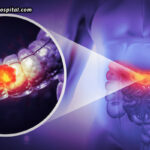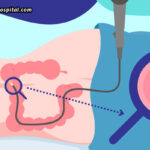Overview
What is the esophagus?
The esophagus is a tube that connects the mouth and throat with the stomach (“food pipe”). When a person swallows, the muscular wall of the esophagus contracts to help push food down to the stomach. There are two main types of cancer that can occur in the esophagus. Squamous cell carcinoma occurs more commonly in the upper or middle part of the esophagus. Adenocarcinoma occurs in the lower part of the esophagus.
Risk Factors
Who gets esophageal cancer?
Studies show that esophageal cancer is more commonly diagnosed in people over the age of 55 years. Men are affected twice as commonly as women. Squamous cell esophageal cancer is more common in African Americans than Caucasians. On the other hand, adenocarcinoma appears to be more common in middle-aged Caucasian men.
The exact cause is unknown; however there are well-recognized risk factors. In the US, alcohol, smoking and obesity are the major risk factors. Stopping drinking and smoking may reduce the chance of getting esophageal cancer as well as other types of cancers. Sometimes adenocarcinoma of the esophagus runs in families.
The risk of cancer of the esophagus is also increased by irritation of the lining of the esophagus. In patients with acid reflux, where contents from the stomach back up into the esophagus, the cells that line the esophagus can change and begin to resemble the cells of the intestine. This condition is knows as Barrett’s esophagus. Those with Barrett’s esophagus have a higher risk of developing esophageal cancer.
Less common causes of irritation can also increase the chance of developing esophageal cancer. For example, people who have swallowed caustic substances like lye can have damage to the esophagus that increases the risk of developing esophageal cancer.
Symptoms
What are the symptoms of esophageal cancer?
Very small tumors at an early stage do not generally cause symptoms. Patients commonly experience difficulty swallowing as the tumor gets larger and the width of the esophagus becomes narrowed. At first, most have trouble swallowing solid foods such as meats, breads or raw vegetables. As the tumor grows, the esophagus becomes more narrowed causing difficulty in swallowing even liquids. Cancer of the esophagus can also cause symptoms of indigestion, heartburn, vomiting and choking. Patients may also have coughing and hoarseness of the voice. Involuntary weight loss is also common. In rare instances, patients may vomit blood.
Diagnosis
How is esophageal cancer diagnosed?
The doctor will generally start by taking a complete history and performing a physical examination. Routine labs may reveal anemia. Providers will typically start with an endoscopy where a thin flexible lighted instrument with a camera at the end is passed through the mouth into the esophagus. This scope allows the doctor to see the inner layer of the esophagus. Biopsies can be taken during this procedure if needed and submitted to the pathologist for examination under a microscope to detect cancer cells.
A CT scan of the neck, chest and abdomen and a whole body PET scan may help to identify if there is any spread of the cancer to other organs in the body so that the doctor can determine appropriate management.
Endoscopic ultrasound is a technique that can be used to provide detailed assessment of the depth of the tumor and involvement of adjacent lymph nodes. This instrument is similar to the endoscope above except there is ultrasound embedded at the tip of the scope. Fine needle aspiration under ultrasound guidance can be performed on any suspicious lymph nodes that are seen.
Treatment
What is the treatment for esophageal cancer?
Depending on the stage of esophageal cancer the patient may undergo surgery, radiation and/or chemotherapy. Many patients with esophageal cancer undergo some form of combination therapy with surgery, radiation and chemotherapy.
Some patients with very early cancer of the esophagus may undergo an endoscopic resection of the cancer without surgery using techniques such as endoscopic mucosal resection or endoscopic submucosal dissection.
At times, when the cancer cannot be completely cured, other measures that may be applied to improve symptoms include stretching or dilation, tube prosthesis (stent) and radiation or laser treatment to reduce the size of the cancer.
Doctors are actively looking at newer medications and modalities to improve treatment outcomes and minimize side effects.








